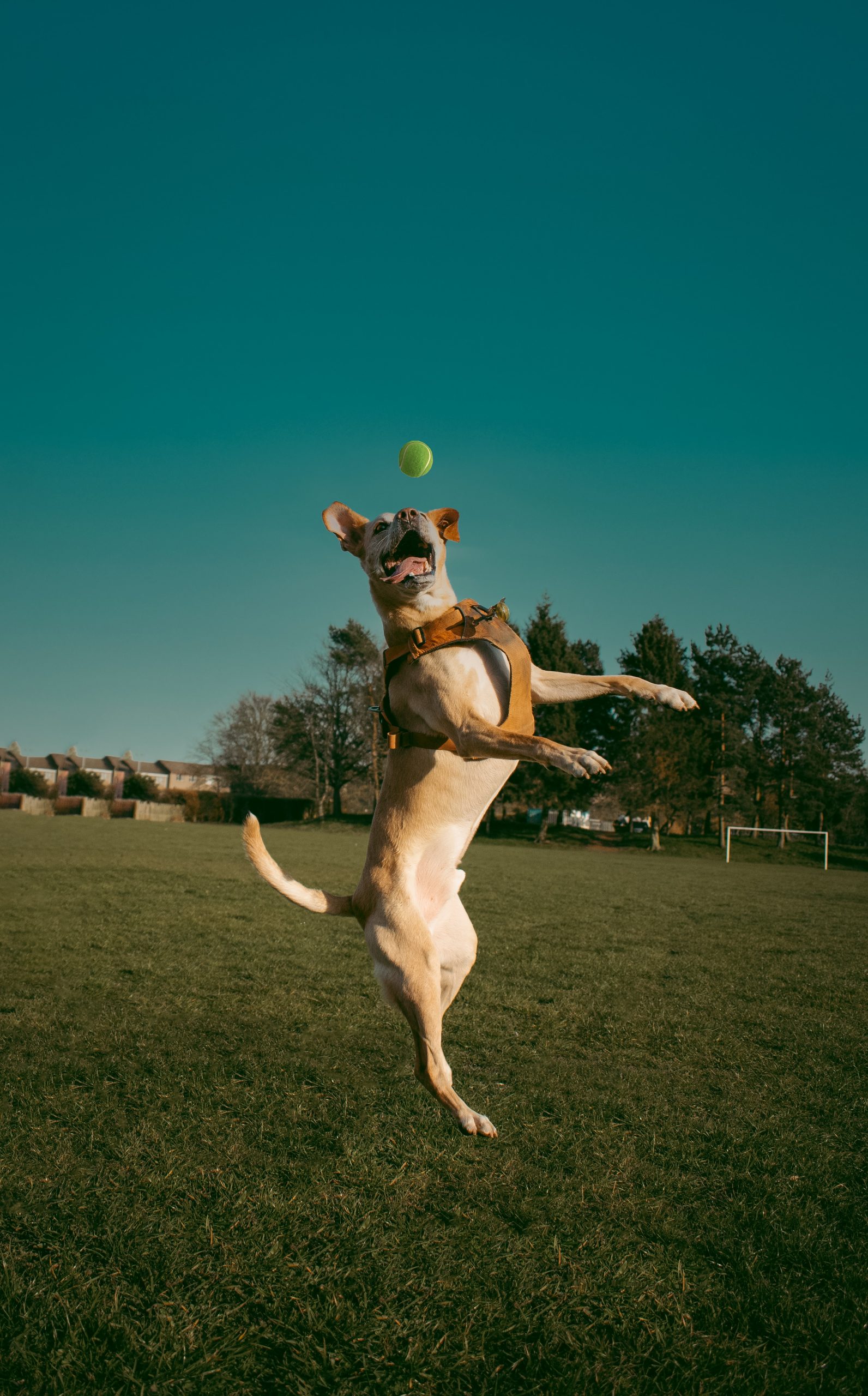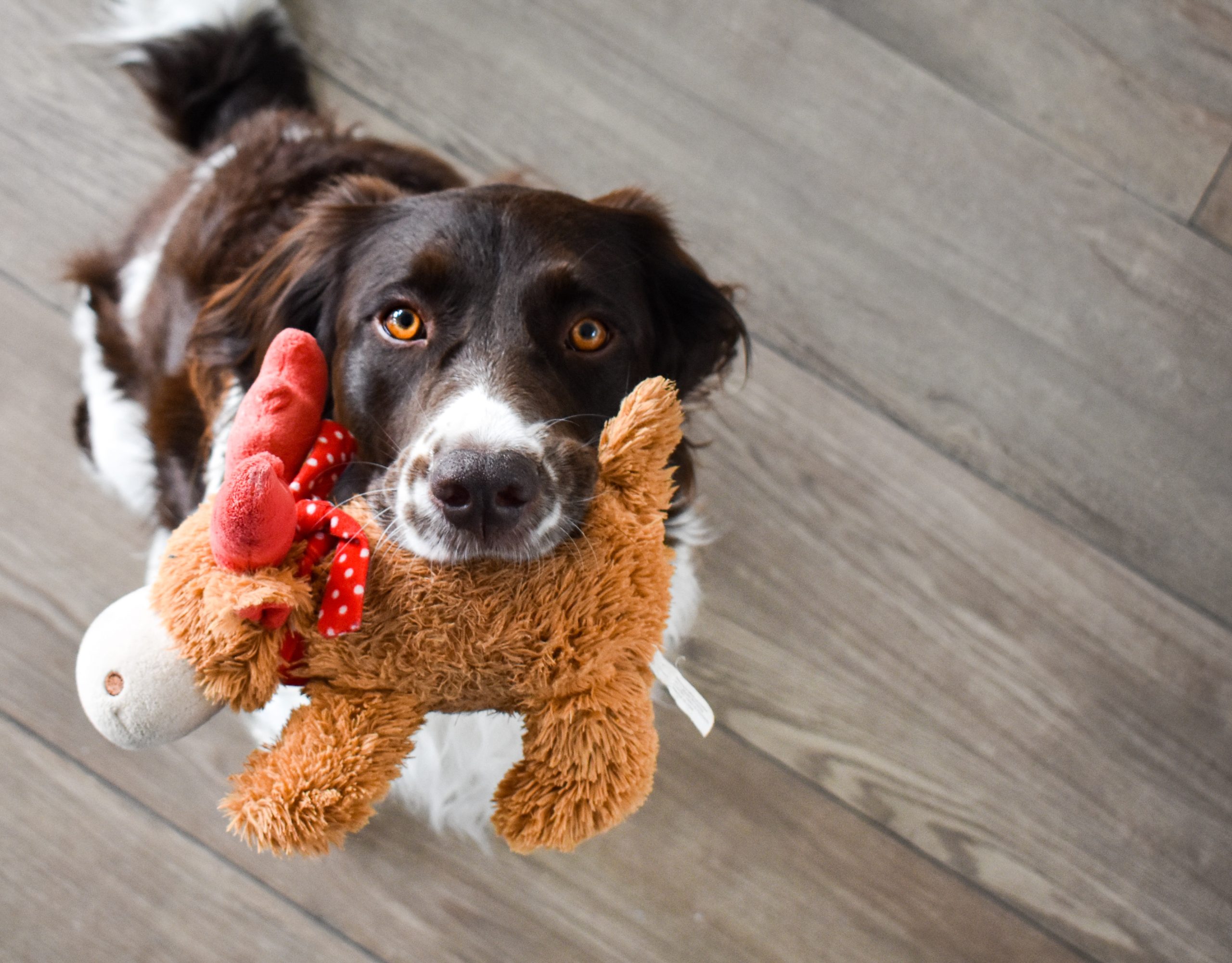Seeing the World Through Their Eyes: Decoding How Dogs Perceive Color
Learn about how dogs perceive color and gain an understanding of their limited color vision, which can help in choosing the best toys and training equipment for them.
Dog Color Vision: A Comparative Analysis
Understanding Canine Vision
Dogs have a more limited color-vision spectrum compared to humans, and they see the world in shades of blue, yellow, and gray. Their vision is similar to that of a person with red-green color blindness, as they can see blues and yellows but not reds and greens. This limited color perception is due to the distribution of cones in their retina, with more rods than cones enabling them to see better in low light and identify moving objects more easily. Furthermore, dogs have evolved to have a direct connection between their olfactory bulb and their occipital lobe, which may orient their sight and contribute to their overall sensory experience.
The Color Spectrum for Dogs
Dogs have a 20/75 vision, which means they see everything as blurrier compared to humans. They can perceive blues and yellows, but not reds and greens, and their color vision is similar to that of a person with red-green color blindness. Contrary to the popular notion that dogs only see in black and white, they actually see the world in shades of grayish-brown, not black and white. This understanding is crucial when choosing toys for dogs, as they have difficulty seeing red, pink, and orange toys and may prefer those in blue and yellow hues.
Dog Vision in Daily Scenarios
Dogs have a more limited color-vision spectrum compared to humans, but their visual limitations do not have a significant impact on their daily lives. Their eyes work much like a camera, with light entering through the pupil, and they have evolved to see well in both daytime and nighttime conditions. Signs of a dog going blind include bumping into things, hesitancy when moving around, and changes in behavior such as clinginess or aggression.
Factors Affecting Dog Vision
The structure of a dog’s eye and the distribution of cones in the retina play a significant role in their limited color perception. While dogs are better at seeing shades of blue and yellow, they have difficulty distinguishing between red and green, leading to a more restricted color vision compared to humans.
Conclusion
Understanding a dog’s color perception is crucial for choosing products for them, such as toys and training equipment. The best colors for dog toys are blue and yellow, as dogs have difficulty seeing red, pink, and orange hues. Recognizing their visual limitations is essential for effective interaction and care, especially considering that dogs live in a rich olfactory world that humans cannot fully appreciate.



